Ershui Assembly Hall 二水公會堂 is located in Ershui, a small town at the very southern edge of Changhua, on the border with both Yunlin (to the south) and Nantou (to the east). It is one of approximately 70 assembly halls built all around Taiwan to accommodate large public gatherings during the Japanese colonial era. This particular example was built in 1930 and is one of three remaining in Changhua. The other two—in Changhua City and Lukang—are both fully restored heritage properties open to the public, but the smaller Ershui Assembly Hall has been derelict for years, a consequence of a long-running legal dispute between the landlord and local government complicating preservation efforts.
The characters emblazoned on the front of the building read Zhōngshān Hall 中山堂1 but this was not the original name. If you look closely at the photograph you can see a circular outline around the central character, almost certainly where something would have been mounted. I strongly suspect this would have been a plate inscribed with the Ershui city emblem (shìhuī 市徽), a convention outlined in a previous post about the nearby Fenyuan Town Hall. I went looking for archival footage of the hall but found nothing online to confirm this hunch. One of the benefits of conferring heritage status on a building is that at least some amount of proper research will be done—but in this case all I’ve got to go on is the work of Taiwanese bloggers also interested in local history and culture.
The assembly hall2 was constructed between the older, unplanned Qing dynasty era settlement and the newer, more modern area around Ershui Station 二水車站, which opened in 1905. This reflects a common urban planning pattern in the Japanese colonial era: grafting an area of wider streets (often on a grid) and institutional buildings (e.g. post offices, police stations, government offices, etc.) onto an existing town3. As expected, the old assembly hall was constructed next to an assortment of other civic buildings, among them a police station and several wooden dormitories. Google Street View records indicate the police station was still present in 2012—so the unkempt meadowland immediately adjacent to the assembly hall has only been empty for a few years.
I didn’t expect to be able to take a peek inside the old assembly hall, particularly not after jumping the fence around the side and arousing the attention of two Taiwanese men playing catch on a bare patch of ground next to the fire station, which is still in use. I put on a smile and asked if it was alright to go take a look and, after glancing at one another, the man closer to me assented with a curt nod. Stepping through the weeds, I went around back and had a look inside the assembly hall and a small wooden building with a surprisingly interesting history.
Unbeknownst to me at the time, the wooden building behind the assembly hall originally served as an office of the Hoko system 保甲制度, a grassroots form of civic self-governance and law enforcement adapted from the existing Baojia system. This system provided an interface between community leaders and law enforcement—which is why this old wooden building was located next to the colonial era police station. Community leaders under the Hoko system were charged with registering overnight visitors, reporting suspicious activity, and other such duties.
The Hoko system was also used to reshape social customs in the early Japanese colonial period. Foot binding, a common practice in late 19th century Taiwan, was viewed by the Japanese as an uncivilized custom—and rightly so. Seeking to discourage and then outright ban the practice in the 1910s, the Japanese sent orders down through the network of Hoko offices to identify households with bound women and eventually order their unbinding4.
Visually there is nothing too interesting about the Hoko Office 保甲事務所, nor was there much of anything left inside. This system was abolished in 1945, not long before the beginning of the housing crisis that coincided with the KMT defeat in China, so there’s a good chance it was someone’s residence in the intervening years. Then again, it might have continued to serve another institutional function. Had I not read about it here I would have assumed it was just another police dormitory. The only thing that really stands out is the base of a flagpole constructed in the same rugged pebble-washed style (xǐshízǐ 洗石子) as the assembly hall.
Since publishing this article in early 2017 the Changhua County government reached a deal with the landlord, and the Ershui Assembly Hall and associated Hoko Office were finally designated as historic properties subject to protection under the law. Metal fencing has already gone up in advance of restoration work, so the future is looking bright for these cultural relics. There are only so many old assembly halls left in Taiwan—the vast majority5 have already been destroyed—so this is very good news!
While exploring the assembly hall in May 2017 something else caught my eye: an eclipse of brightly-colored, iridescent moths flitting around the overgrown ruins—and many more locked in an embrace on whatever flat surfaces could be found. Evidently this area is a breeding ground for Taiwan’s only geometrid moth species, Milionia basalis pryeri, a subspecies of Milionia basalis only found in Taiwan and southwestern Japan, particularly Okinawa. There appears to be no English common name but in Chinese it is generally known as chéngdàizhīchǐ’é 橙帶枝尺蛾; roughly “orange-banded moth”6. Nature reclaims abandoned spaces in startling ways!
- After the Kuomintang arrived in Taiwan they enacted a policy of re-sinicization that involved—among other things—renaming major streets, buildings, parks, and sometimes entire settlements after various elements of party ideology. “Zhongshan” commemorates Sun Yat-sen, first president and founding father of the Republic of China, and pretty much every public hall in Taiwan was given this same, unimaginative name. ↩
- I should probably mention that there appears to be no standard English translation of gōnghuìtáng 公會堂. I have used “assembly hall” but I have also seen “public hall”, “public assembly hall”, “public meeting hall”, “public auditorium”, “union hall”, and “guild hall” in use. ↩
- This excellent post (in Chinese) contains more information about the urban development of Ershui. ↩
- This paper argues for the importance of the sugar industry in decreasing the rate of foot binding in Taiwan. Economic opportunity and self-interest also played a role, in addition to official decrees. ↩
- Only about a dozen assembly halls remain in Taiwan. If you’re interested in making a deep dive into this class of Japanese colonial relics I recommend a series of three posts documenting 22 assembly halls in northern Taiwan, 18 in central Taiwan, and 29 in southern Taiwan. Among these, the most famous and accessible remaining example is the Taipei Assembly Hall 臺北公會堂 (now also known as Zhongshan Hall) in Taipei. ↩
- Naturally these strikingly beautiful moths have attracted the attention of Taiwanese bloggers; for more photos and info in Chinese try here, here, and here. More basic info can also be found here, here, and here (in Chinese) and here (Japanese). ↩
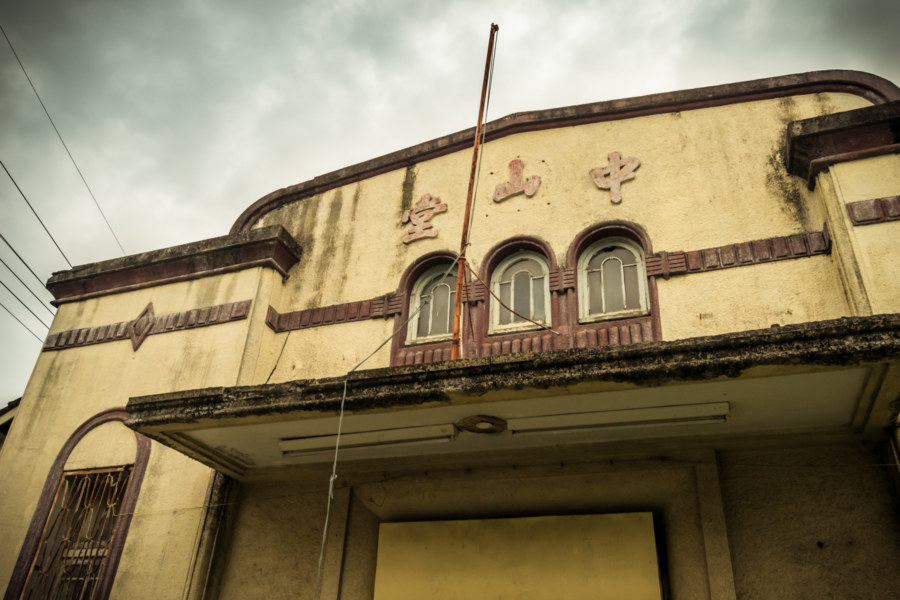
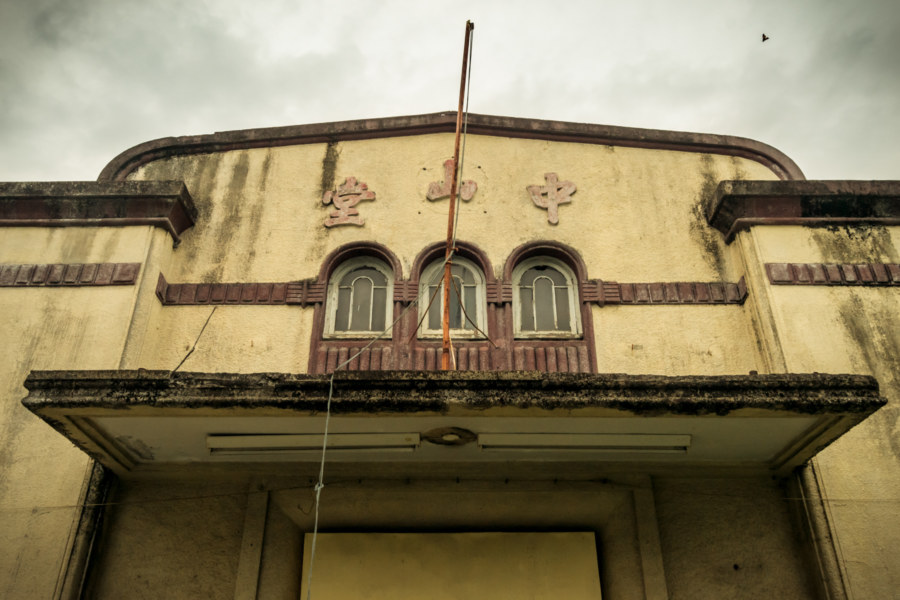
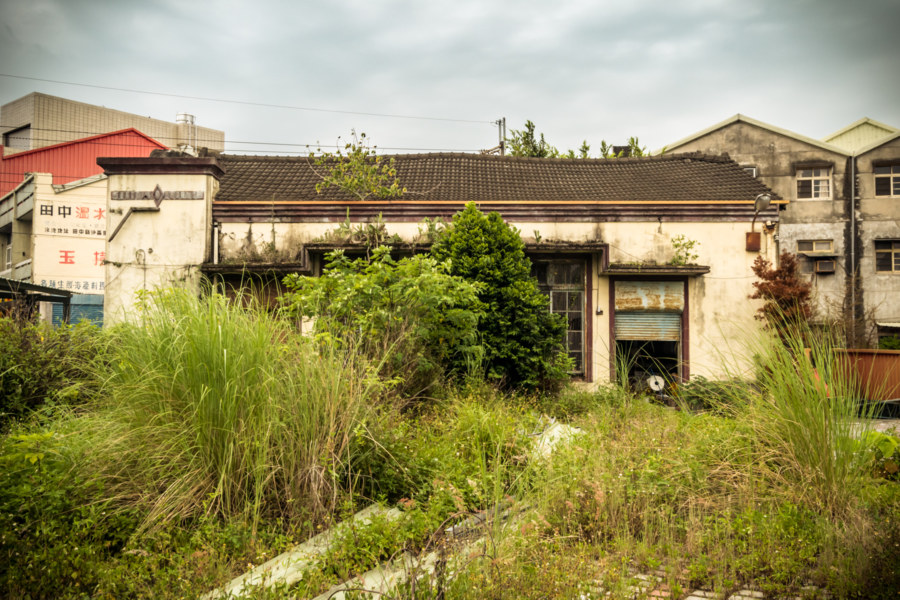
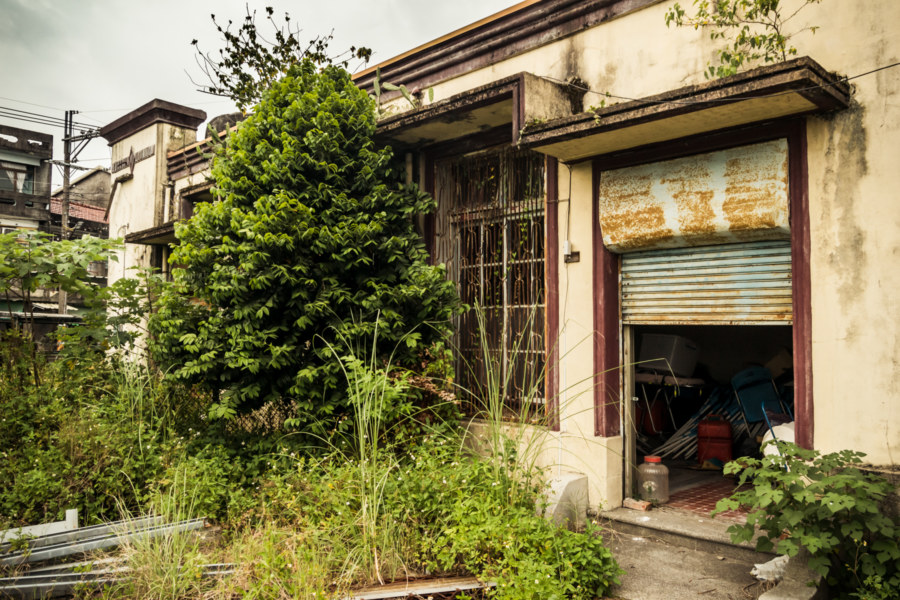
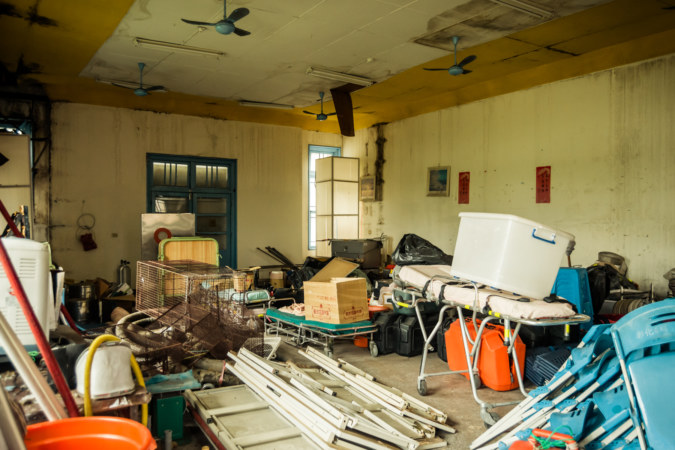
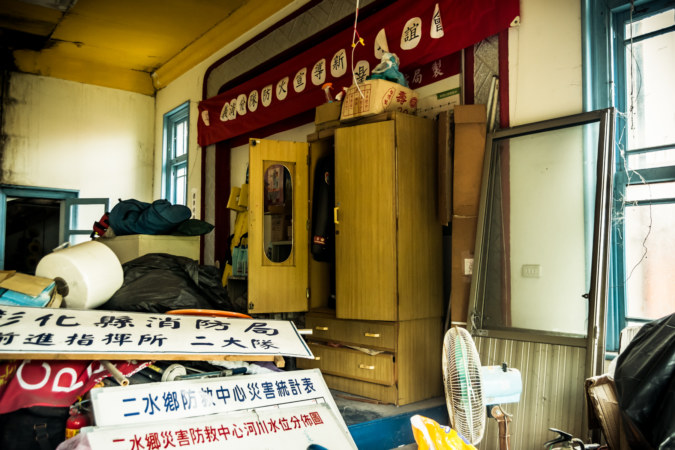
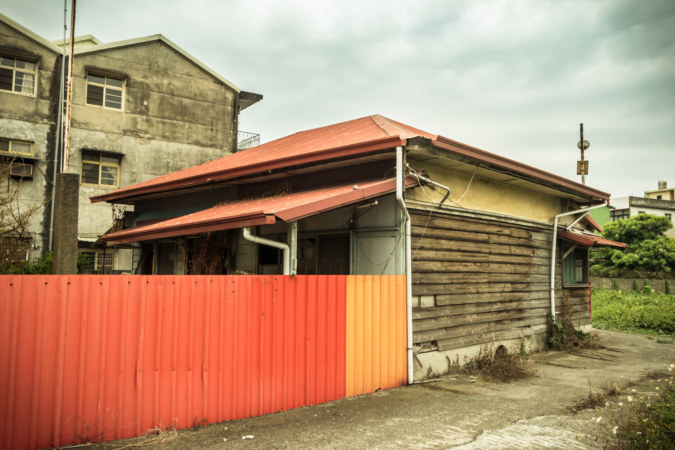
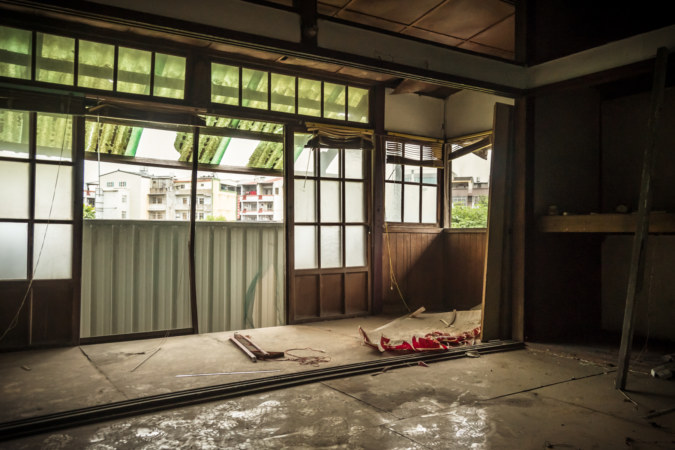
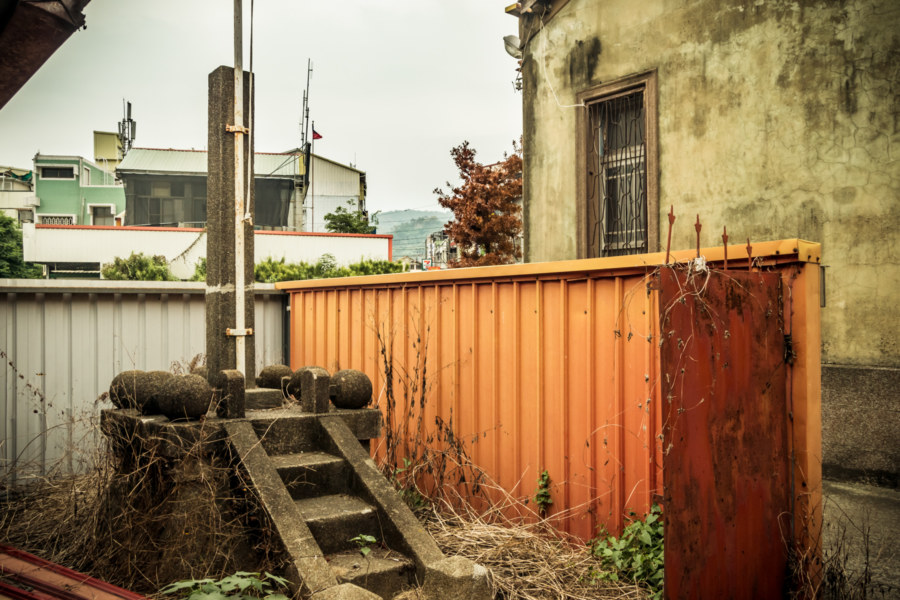
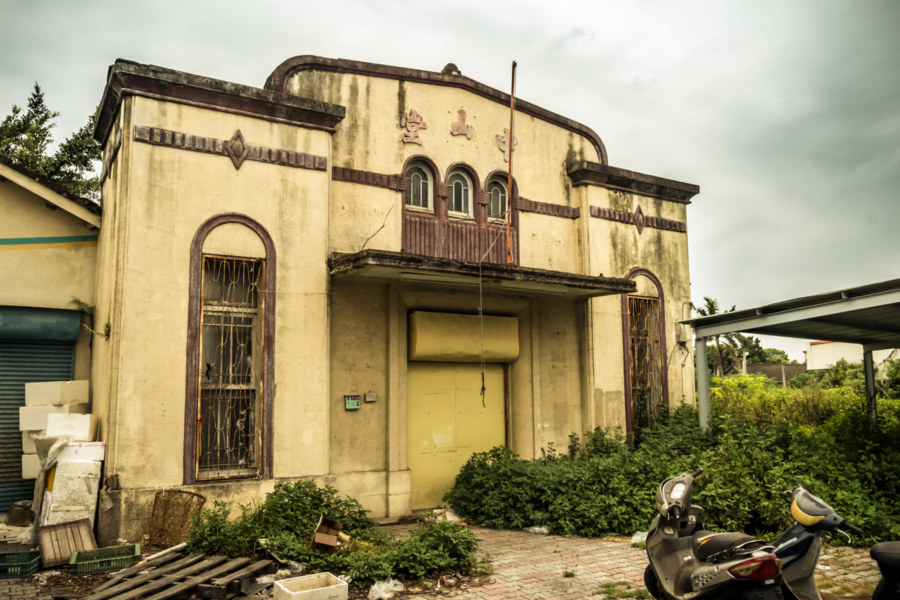



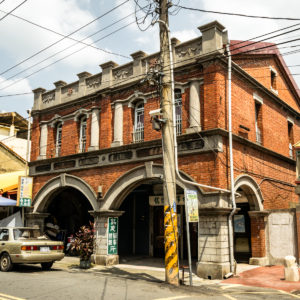
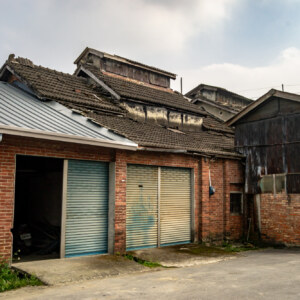
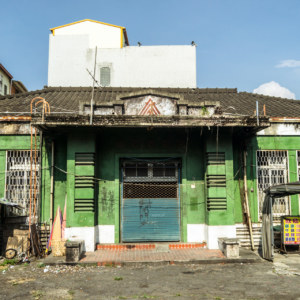
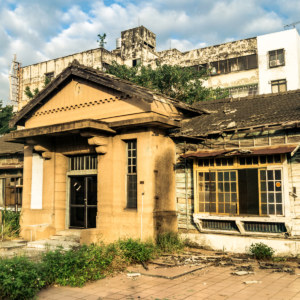
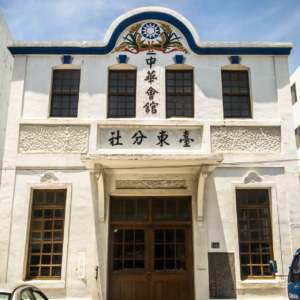
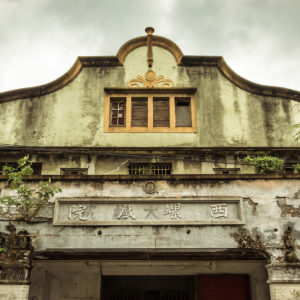
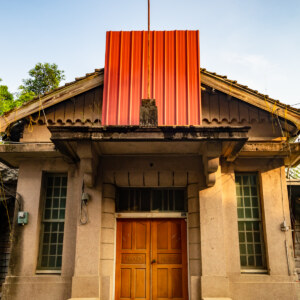
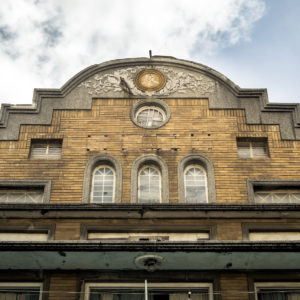
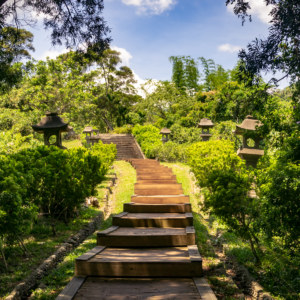
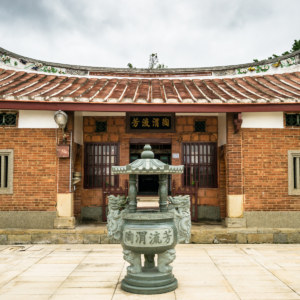
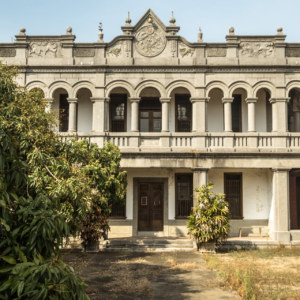
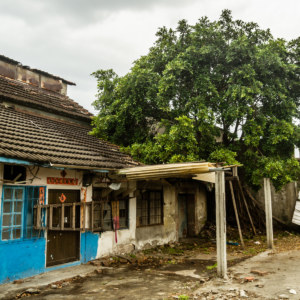
I’ve ridden past this building dozens of times in the last 3 years, and it always catches my eye. The first thing I think of is what a great live house pub it could be in this sleepy town. Think about it, organizing as many local performances one could muster with a monthly foreign act would bring this town to unprecedented level! Combine live performance with local and foreign specialty snacks and beverages… what better way to revive a historical site with complicated political history? Just let the locals enjoy it, for local’s sake! This would make that historical train station 3 blocks away a much more visited destination!